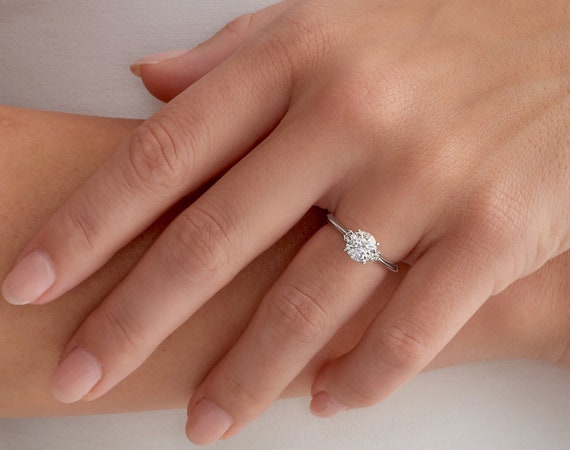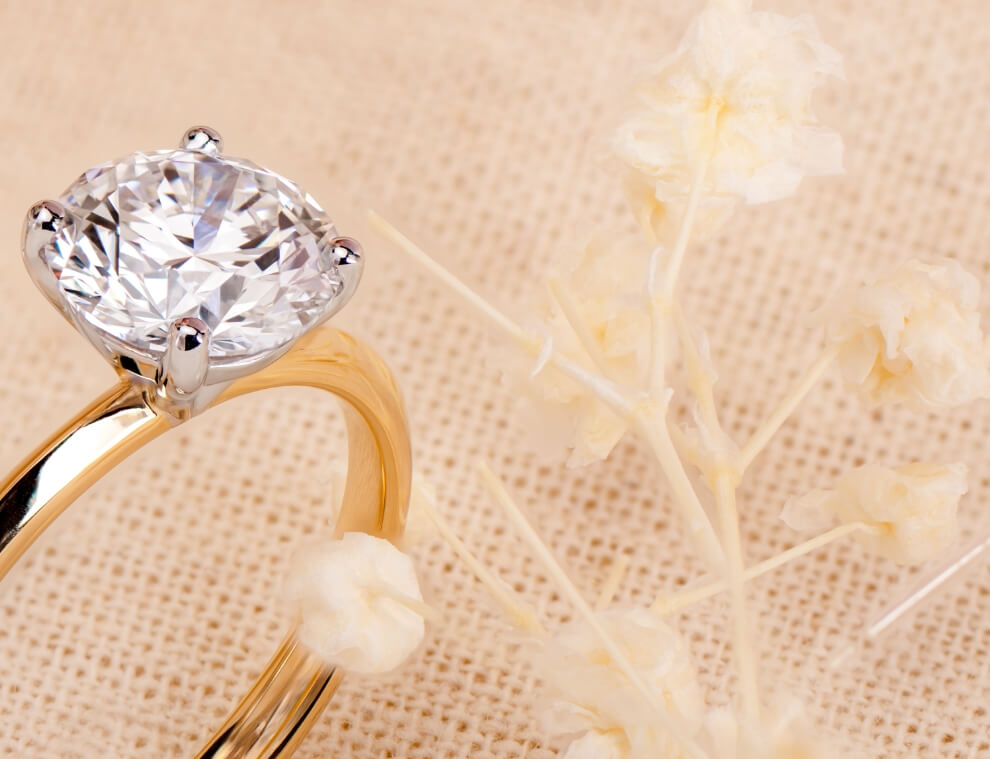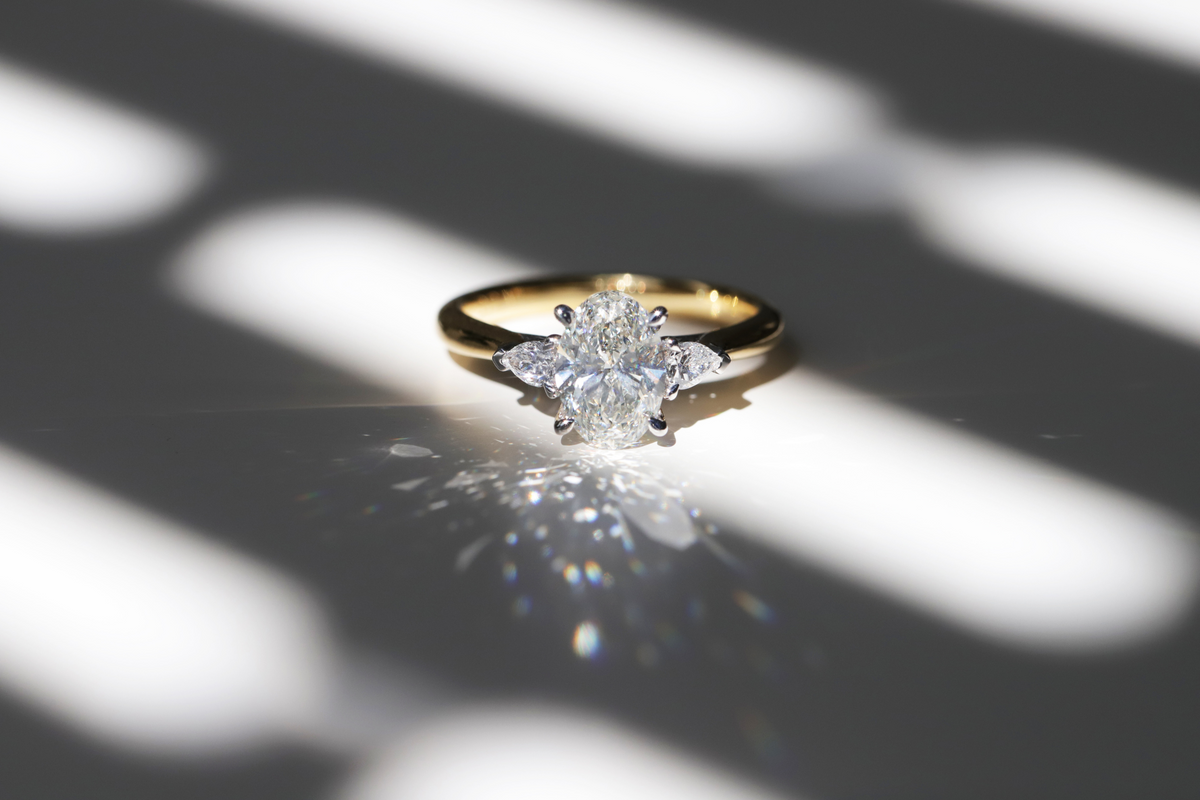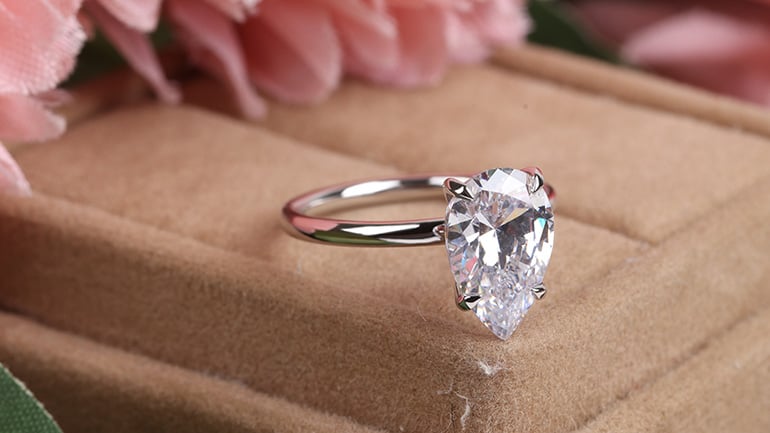In recent years, the diamond industry has witnessed a revolutionary shift with the rise of man-made diamonds , also known as lab-grown diamonds . These ethically sourced and environmentally friendly alternatives to mined diamonds are gaining immense popularity among consumers who value sustainability and affordability. In this article, we will explore the fascinating world of loose man-made diamonds and lab-grown diamonds, their benefits, and why they are becoming the preferred choice for modern buyers.
Table of Contents
What Are Loose Man-Made Diamonds?
Loose man made diamonds are gemstones that are created in a laboratory using advanced technological processes. These diamonds share the same chemical composition, physical properties, and optical characteristics as natural diamonds but are produced without the environmental and ethical concerns associated with traditional diamond mining.
How Are They Made?
Man-made diamonds are created using two primary methods:
1. High Pressure High Temperature (HPHT)
This method mimics the natural conditions under which diamonds form deep within the Earth’s crust. A carbon source is subjected to extreme heat and pressure in a controlled environment, resulting in the formation of a diamond crystal.
2. Chemical Vapor Deposition (CVD)
In this process, a diamond seed is placed in a vacuum chamber filled with carbon-rich gases. These gases are ionized into plasma using high-energy microwaves, causing carbon atoms to deposit onto the seed, layer by layer, forming a diamond.
Why Choose Lab-Grown Diamonds?
Lab-grown diamonds offer numerous advantages over their mined counterparts, making them an attractive option for conscious consumers. Below are some compelling reasons to consider loose lab-grown diamonds for your next jewelry purchase.
1. Ethical Sourcing
One of the biggest concerns with mined diamonds is the issue of “blood diamonds” or conflict diamonds. These are stones that are mined in war zones and sold to finance armed conflict against governments. Lab-grown diamonds eliminate this ethical dilemma by being produced in a controlled environment, ensuring they are free from any association with human rights abuses.
2. Environmental Sustainability
Traditional diamond mining involves significant environmental degradation, including deforestation, soil erosion, and water pollution. On the other hand, lab-grown diamonds have a much smaller carbon footprint and require fewer natural resources to produce. This makes them a more sustainable choice for eco-conscious buyers.
3. Cost-Effectiveness
Loose man-made diamonds are typically more affordable than natural diamonds. Since they do not involve the costs associated with mining, transportation, and middlemen, lab-grown diamonds can be priced up to 30-40% lower than their mined counterparts. This cost-effectiveness allows consumers to purchase larger or higher-quality stones within their budget.
Applications of Loose Lab-Grown Diamonds
Loose man-made diamonds are incredibly versatile and can be used in a variety of jewelry pieces, including engagement rings, earrings, necklaces, and bracelets. Their availability in different shapes, sizes, and carat weights makes them ideal for custom designs.
Popular Shapes of Loose Lab-Grown Diamonds
Here are some of the most sought-after diamond shapes available in the lab-grown category:
-
Round Brilliant
-
Princess Cut
-
Cushion Cut
-
Emerald Cut
-
Oval Cut
Each shape offers unique brilliance and fire, allowing you to choose the perfect stone that matches your personal style and preferences.
Debunking Myths About Lab-Grown Diamonds
Despite their growing popularity, there are still some misconceptions surrounding lab-grown diamonds. Let’s address a few common myths:
Myth 1: Lab-Grown Diamonds Are Not Real Diamonds
Fact: lab grown diamonds are chemically and physically identical to natural diamonds. The only difference lies in their origin—natural diamonds are formed underground over millions of years, while lab-grown diamonds are created in weeks using advanced technology.
Myth 2: Lab-Grown Diamonds Lack Value
Fact: While it’s true that lab-grown diamonds may depreciate faster than natural diamonds, they still hold significant value due to their beauty, durability, and ethical appeal. Moreover, their affordability makes them a practical investment for many buyers.
Myth 3: Lab-Grown Diamonds Are Inferior in Quality
Fact: Lab-grown diamonds undergo the same rigorous grading process as natural diamonds, assessing factors like cut, color, clarity, and carat weight. High-quality lab-grown diamonds are just as stunning and durable as their mined counterparts.
The Future of Lab-Grown Diamonds
As awareness about sustainability and ethical practices continues to grow, the demand for loose man-made diamonds is expected to soar. Jewelry brands and retailers are increasingly embracing lab-grown diamonds, offering a wider range of options to cater to diverse consumer preferences.
With advancements in technology, the quality and variety of lab-grown diamonds will only improve, further solidifying their position as a viable alternative to mined diamonds. Whether you’re shopping for an engagement ring or a special gift, loose lab-grown diamonds provide an opportunity to own a beautiful, guilt-free gemstone without compromising on quality or style.
Conclusion
Loose man-made diamonds and lab-grown diamonds represent the future of the jewelry industry. By combining cutting-edge technology with ethical and sustainable practices, these diamonds offer a guilt-free way to enjoy the timeless beauty of this precious gemstone. As more consumers prioritize transparency and responsibility in their purchases, lab-grown diamonds are poised to become the new standard in luxury jewelry.
So, the next time you’re in the market for a dazzling diamond, consider going the lab-grown route—it’s a decision you’ll feel good about, both ethically and financially!





